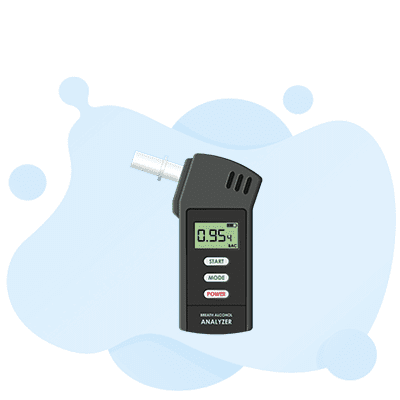
Law enforcement officers have a big job to keep our roads safe. They use the SFST (Standardized Field Sobriety Testing Certified) test to catch drunk drivers. This guide will help officers understand the SFST test, its history, and its legal importance.
The Standardized Field Sobriety Testing (SFST) program is key for law enforcement. It helps them check for alcohol intoxication and keep roads safe. The National Highway Traffic Safety Administration (NHTSA) created it. They wanted a way for officers to check drivers at the roadside.
The SFST program started in the 1970s. The NHTSA began looking for a way to spot alcohol intoxication back then. They did lots of research and tests. This made the SFST tests reliable and the same everywhere in the U.S.
The SFST test is a big part of stopping drunk driving. It lets officers see if a driver is too drunk to drive. This helps keep everyone safer on the roads and cuts down on crashes.
The SFST program is backed by law. Courts all over the U.S. know it’s reliable. Studies and experts have shown it’s a key tool against drunk driving.
The Standardized Field Sobriety Test (SFST) is used by police to spot drunk drivers. It has three main parts: the nystagmus test, the walk-and-turn test, and the one-leg stand test. Each part is key in figuring out if a driver is too drunk to drive.
The nystagmus test looks at how a driver’s eyes move when following a pen or finger. It checks for eye jerks that show alcohol use. The walk-and-turn test tests balance and following directions by walking in a straight line, turning, and walking back. The one-leg stand test checks balance by asking a driver to stand on one leg for a bit.
These divided attention tests see if a driver can do several things at once. This is a big sign of being drunk. By looking at all three tests, police can tell if a driver is drunk. This helps in catching and prosecuting drunk drivers.
| Test | What It Measures | Indication of Impairment |
|---|---|---|
| Nystagmus Test | Involuntary jerking of the eyes | Alcohol impairment |
| Walk-and-Turn Test | Balance, coordination, and ability to follow instructions | Alcohol or drug impairment |
| One-Leg Stand Test | Balance and coordination | Alcohol or drug impairment |
Teaching officers how to use the Standardized Field Sobriety Test (SFST) is key. They need training and certification to check if drivers are impaired. This training helps them do their job well.
Officer training starts with classroom lessons and practical exercises. They learn about the SFST’s history and how it works. They also get to practice the tests in real-life situations.
They focus on three main tests: Horizontal Gaze Nystagmus, Walk and Turn, and One Leg Stand. These tests help spot signs of intoxication.
After training, officers must show they can use the SFST correctly. They take a written test and a practical test. This proves they know the SFST well.
Only those who pass get certified. This certification is important in law enforcement.
Officers must keep their certification by taking refresher courses. This keeps them updated on new research and legal changes. It helps them do their job better and keep roads safe.
The SFST test is a set of steps law enforcement uses to check if a driver is drunk or on drugs. It’s a tool made by the National Highway Traffic Safety Administration (NHTSA). It helps police spot and stop drivers who are impaired.
The SFST test helps police find drivers who are too drunk to drive. It makes the roads safer by keeping drunk drivers off the road. This reduces crashes, injuries, and deaths caused by alcohol.
The SFST test has three parts: the Horizontal Gaze Nystagmus (HGN) test, the Walk-and-Turn test, and the One-Leg Stand test. These tests check if a driver can balance, walk straight, and focus on more than one thing at once. They help figure out if a driver is drunk or on drugs.
The SFST test is seen as a good way to find drunk drivers in the U.S. It has been tested a lot and is accepted in court for DUI or DWI cases.
Police officers need special training to use the SFST test. They learn about the science behind it, how to do it right, and legal stuff. They also have to keep their skills up by taking more classes and tests.